I have the following Single Phase Full Bridge Inverter and a PWM control method which in my language is called "asymmetric mode". I understand how it works but I can't find any documentation written in English language about exactly this technique.
In my college documentation "PWM with Bipolar Voltage Switching" is called "symmetric mode" while "PWM with Unipolar voltage switching" Technique is named "Doubling the Load Switching Frequency" Technique. For me the "asymmetric mode" looks more like "Multiple Pulse Width Modulation" but the triangular reference has the same dc offset over time (is not shifted down when the square reference is going negative).
 http://www.myelectrical2015.com/2017/07/pulse-width-modulation-of-inverter.html
http://www.myelectrical2015.com/2017/07/pulse-width-modulation-of-inverter.html
I have searched a lot for an English equivalent of the "asymmetric mode" but I can't find nothing similar with what I have in my documentation. Should I call it "Asymmetric Multiple Pulse With Modulation"?
I hope someone can give me some clues or post some useful links.


